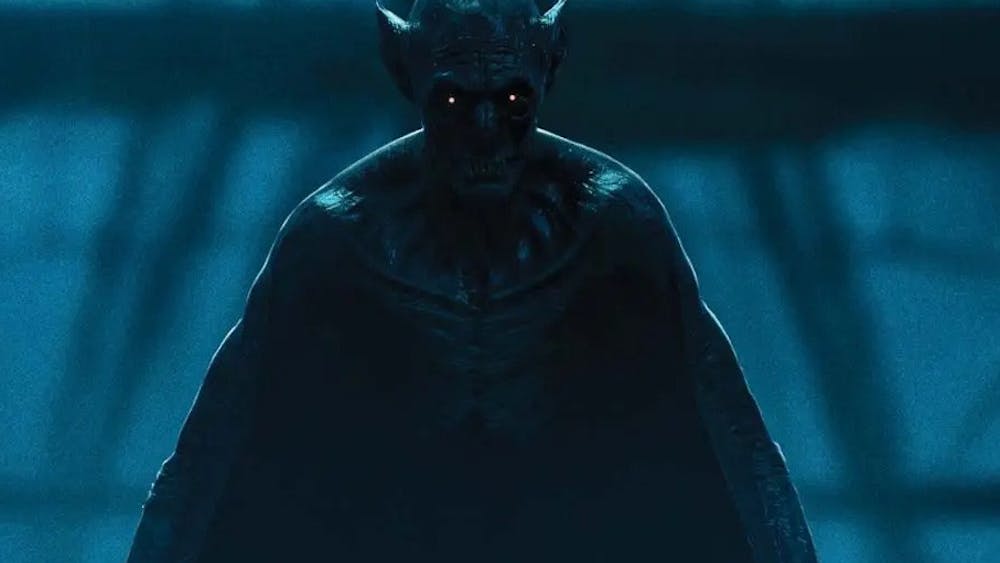Exhilarating is only proper to describe Wednesday's University Orchestra performance conducted by Ray Cramer at the Musical Arts Center. The well-chosen program focused on the works of some composers who may not be too familiar to the lay listener.\nThe first composer featured was the Frenchman Hector Berlioz (1803-1869) in his overture "Le Corsaire." The overture featured a vivid beginning and a mellow and subdued first section. Then, after a struggle between the lively strings and plaintive woodwind sections, a final, triumphant theme burst forth with all the grandeur and force that defines Berlioz. No unclear passages were muddled by orchestration in this piece, for the overabundance of instruments was chiefly directed at putting power into the piece and forcing its theme, not obscuring it. "Le Corsaire" was a beautiful and a powerful way to begin the show. Berlioz is never a disappointment.\nAfter the Berlioz, came the "New England Triptych" by the American William Schuman (1910-1992). The "Triptych" was a curious amalgam of three themes from obscure American songs. The work itself was a pleasant listen overall (especially the second movement), but left a little something to be desired. The music adhered to the rules of good sound; it had some very beautiful harmonies and the instrumentation was superb. Musicality was kept throughout the work. Certain passages were purely beautiful, but others sounded like background music from a bad 60s movie and still others seemed so out of character that they should have been left out. These are only small sections of the work, but the entire piece lacked a degree of depth and maturity that would allow it to be taken seriously. It was that one shortfall that barred this piece from being numbered among the greater works of music.\nFor its finale the orchestra played the only symphony (in D minor) of the Belgian composer César Franck (1822-1880). Here was a piece that made up for any depth the second one may have lacked. Its depth, however, definitely did not make this a piece to cheer one up. It was heavy, sonorous, and fluid, with some spots of intensity and force. Its chief stylistic elements were lots of chromatic intervals and lots of lower string melodies. The first movement was quite interesting, featuring a short theme that kept popping up in different spots and a character that mutated through several different moods as the movement progressed. The second movement, marked "allegretto," was beautiful, calm, and serene. The harp's prominent place in the orchestration during this movement was something of a pleasant surprise. Despite its minor flaws in the third movement, Franck's symphony definitely was engaging, formidable, and a very intense piece to listen to.\nToday, faculty members of the School of Music will be featured in a recital at 8:30 p.m. at Auer Hall.
A night to remember
Get stories like this in your inbox
Subscribe





